See Spectacular Photos From This Year’s Perseid Meteor Shower
The annual event sent sparks flying over dark skies as Earth plowed through debris from a comet
There’s nothing more magical than a shooting star, except perhaps, hundreds of shooting stars, or meteors as they’re technically called. Stargazers with enough patience—and probably plenty of caffeine—were treated to a stunning display of space rocks streaking across the sky last night during the peak of the annual Perseid meteor shower.
A meteor shower happens when Earth crosses through a trail of debris left behind by a comet in its orbital path, says Jim Zimbelman, a geologist at the Smithsonian National Air and Space Museum. We call these events showers because the volume of incoming particles increases significantly as Earth makes its journey across the debris field.
The Perseids are the remnants of comet 109P/Swift-Tuttle, which is on a long and highly elliptical orbit around the sun. At its farthest point, it goes beyond the orbit of Pluto, and it passes inside Earth's orbit as it nears the sun. Swift-Tuttle most recently passed Earth in 1992 and is not predicted to pass again until 2126. But heat from each close encounter with the sun melts some of the comet's ices, releasing dust and rocks that spread out along its orbital path. These comet grains are tiny, and the vast majority of them burn up when they hit Earth's atmosphere at high speed, creating the brilliant and sometimes colorful trails we see as meteors.
While the Perseid shower happens every year around this time, this year’s display is especially spectacular for stargazers on Earth because the approaching new moon is creating perfect dark conditions for meteor spotting. Night owls can expect another good show as the peak continues on Thursday night going into Friday morning—the most shooting stars usually fall in the early hours close to dawn. The coolest (or maybe hottest) part about the Perseid meteors? “They’re particularly good, if conditions work out right, for there to be some bright fireballs,” says Zimbelman, who once saw some so bright that they cast his shadow.
/https://tf-cmsv2-smithsonianmag-media.s3.amazonaws.com/accounts/headshot/DSC_0154.JPG.jpeg)
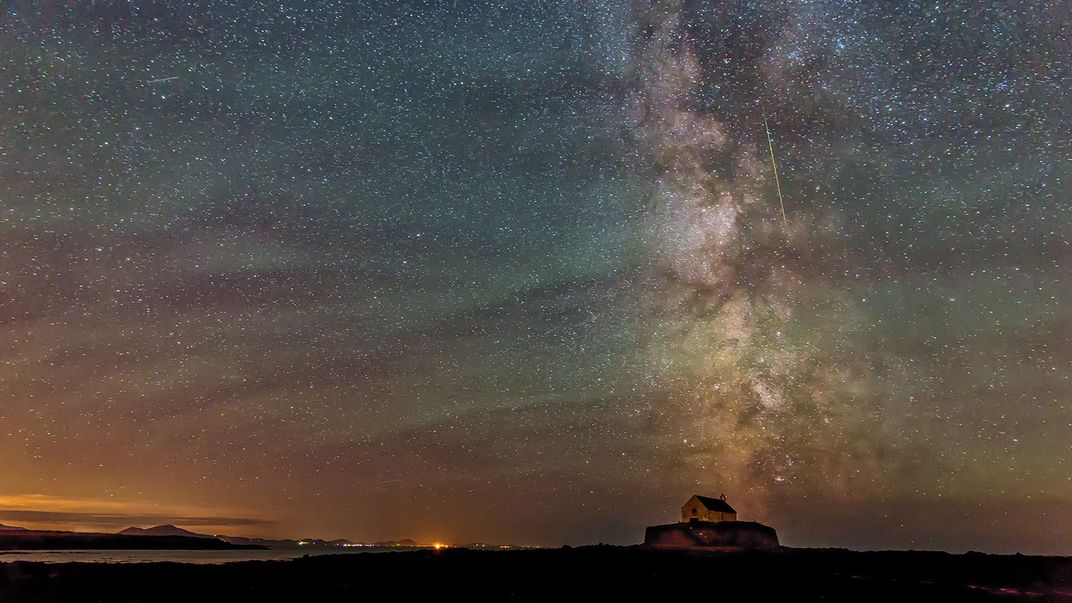
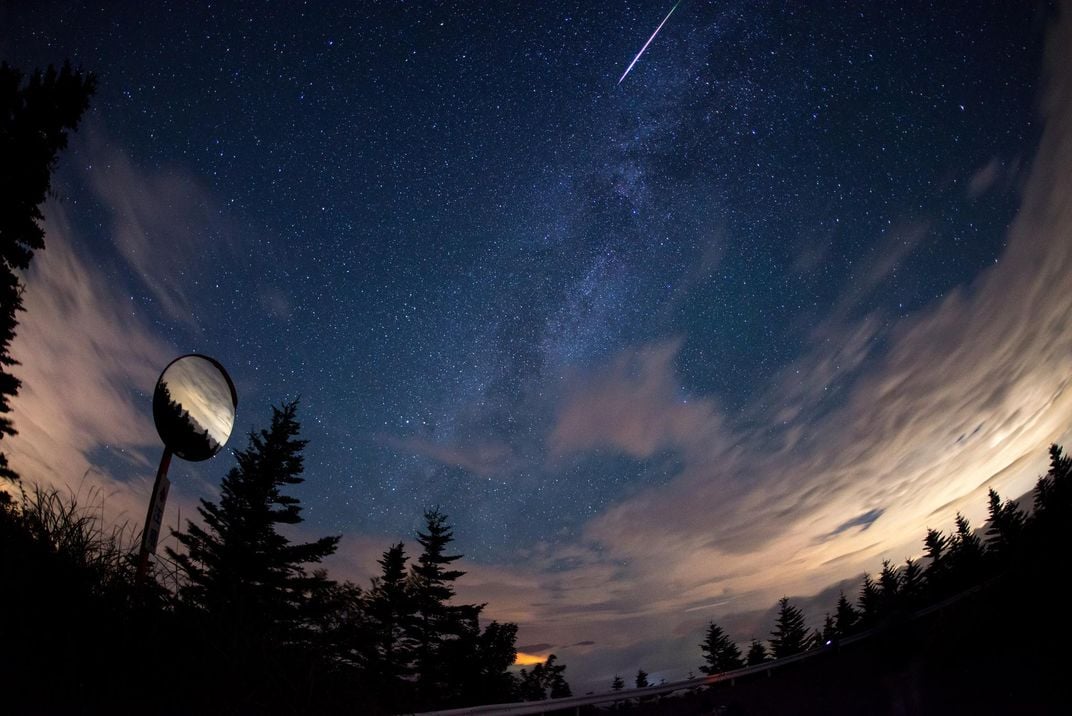
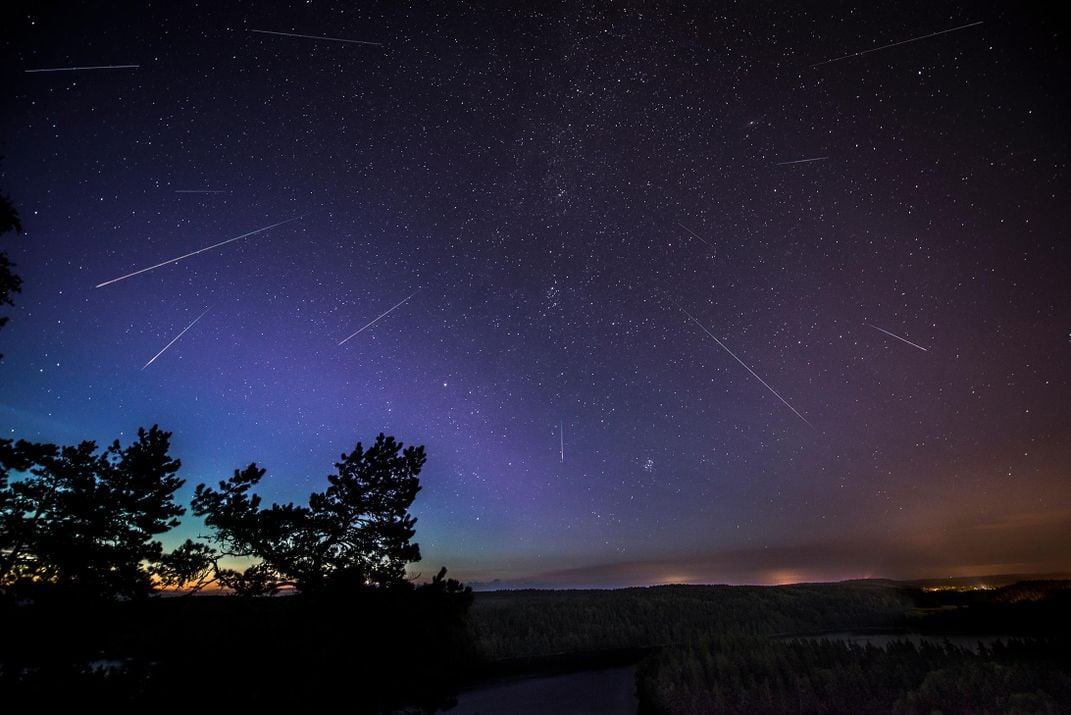
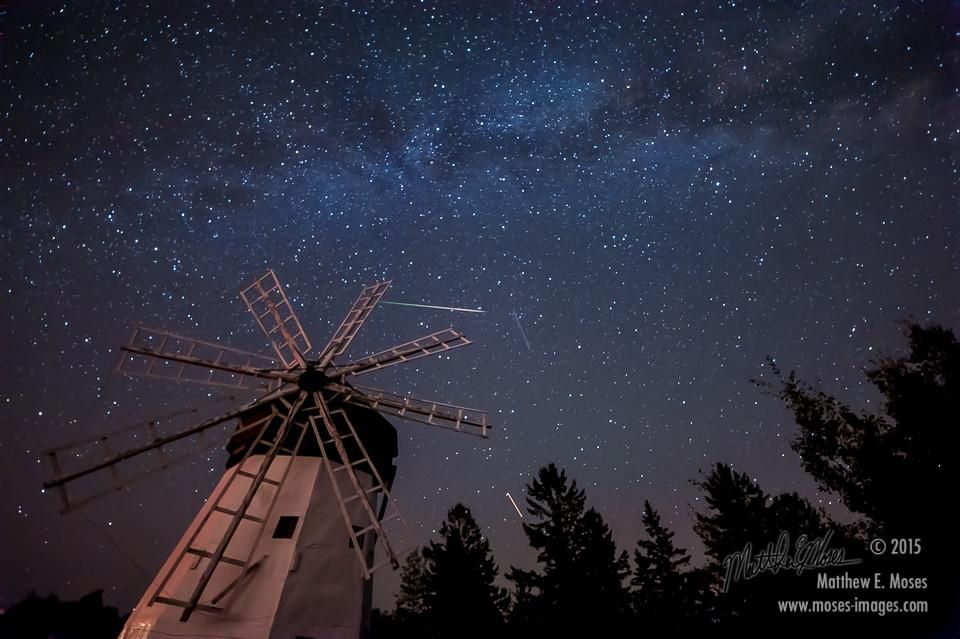
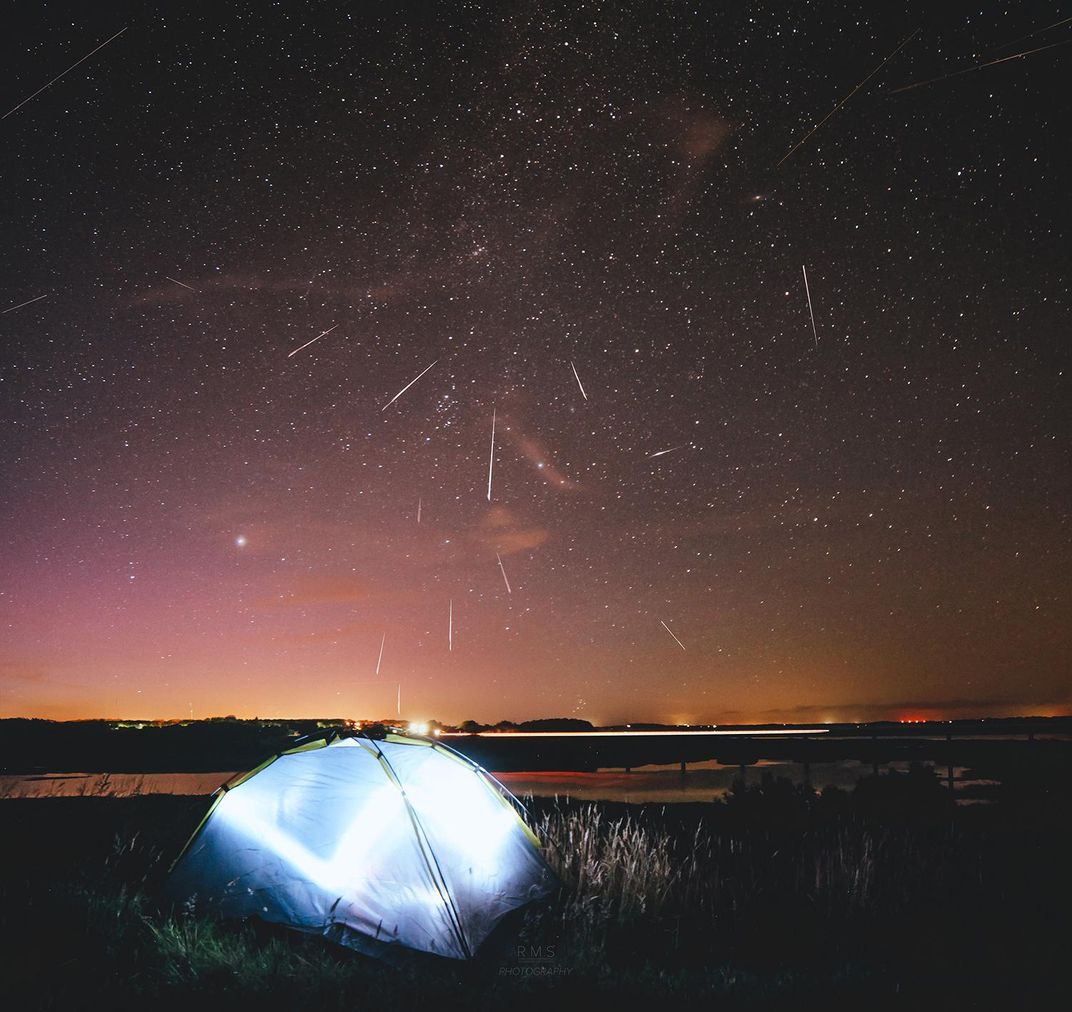
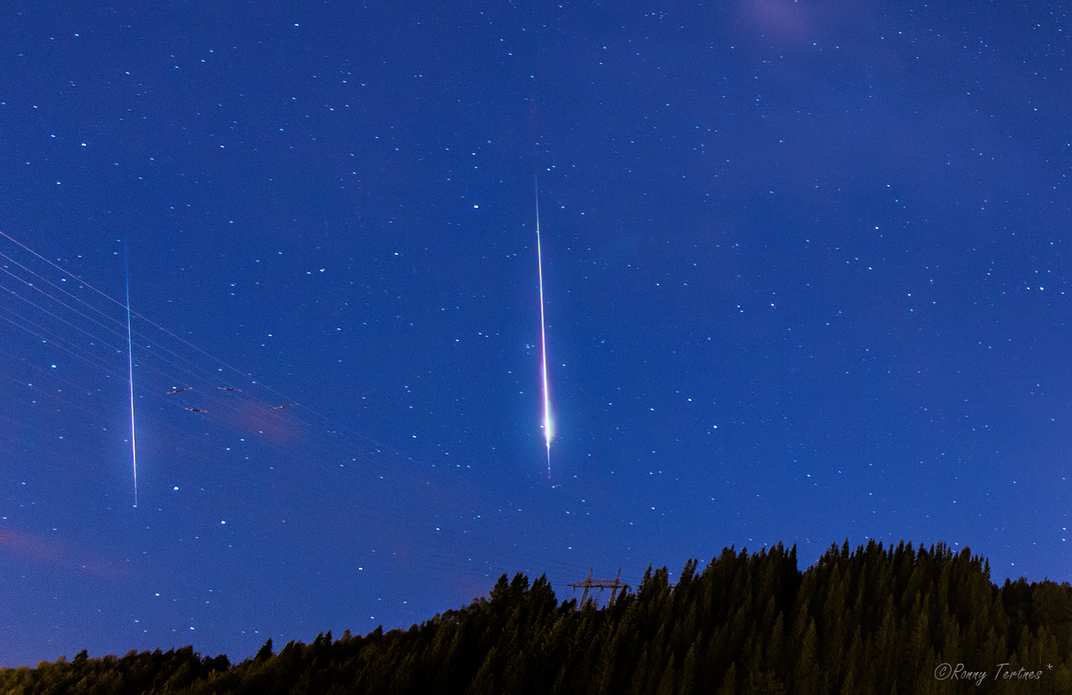
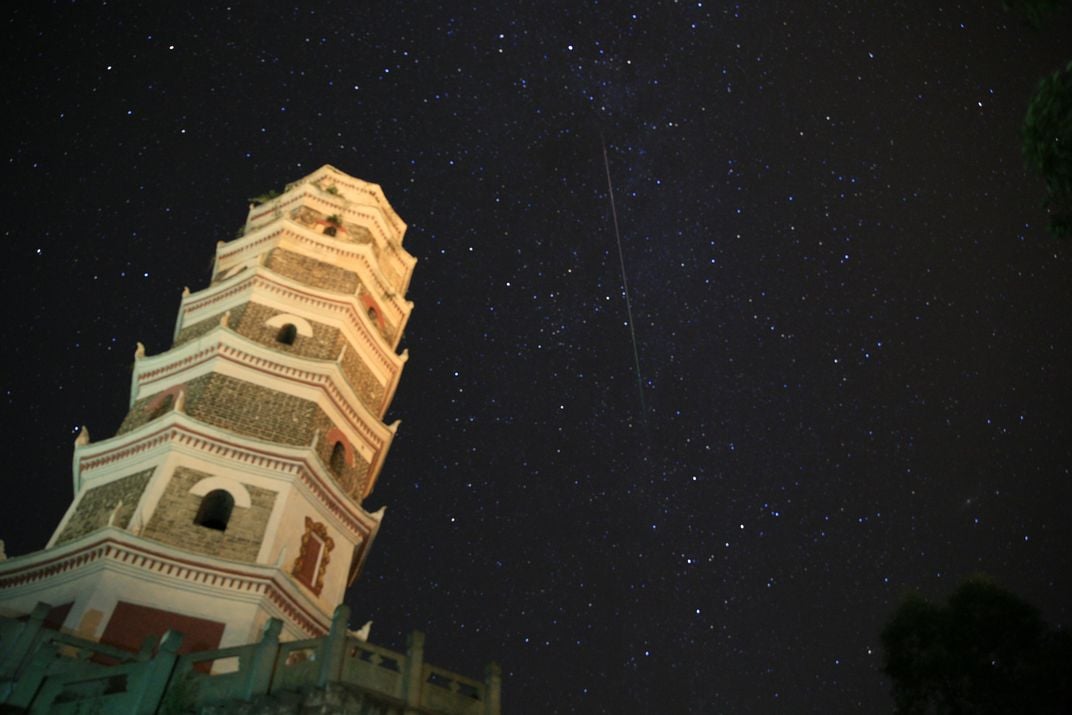
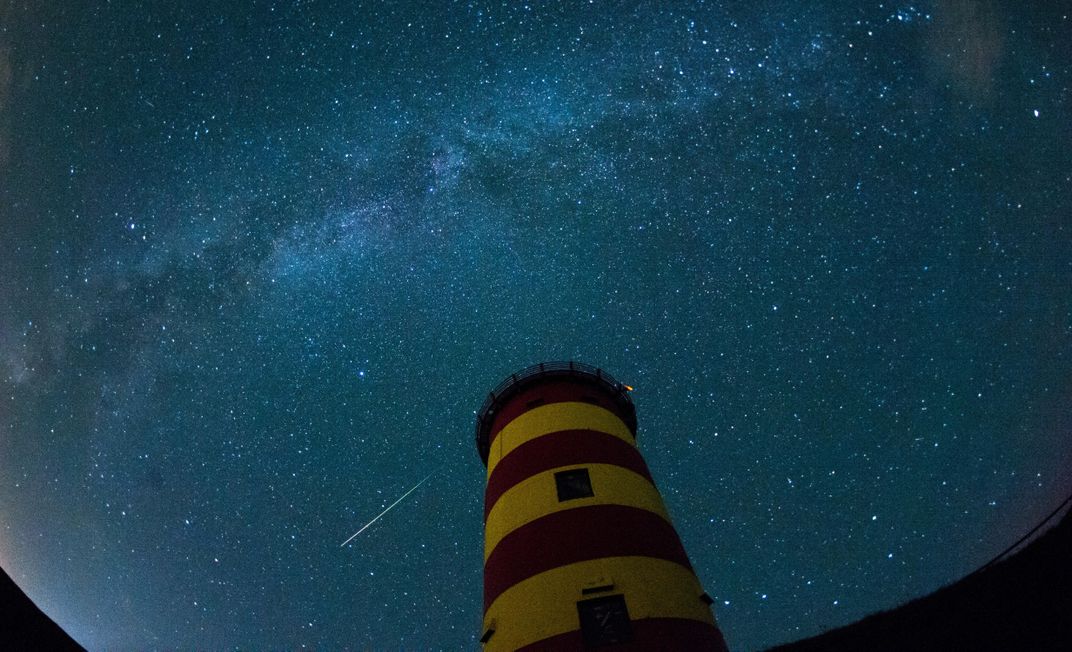

/https://tf-cmsv2-smithsonianmag-media.s3.amazonaws.com/accounts/headshot/DSC_0154.JPG.jpeg)